How deregulation, competition, and local innovation are reshaping Pakistan’s pharmaceutical industry
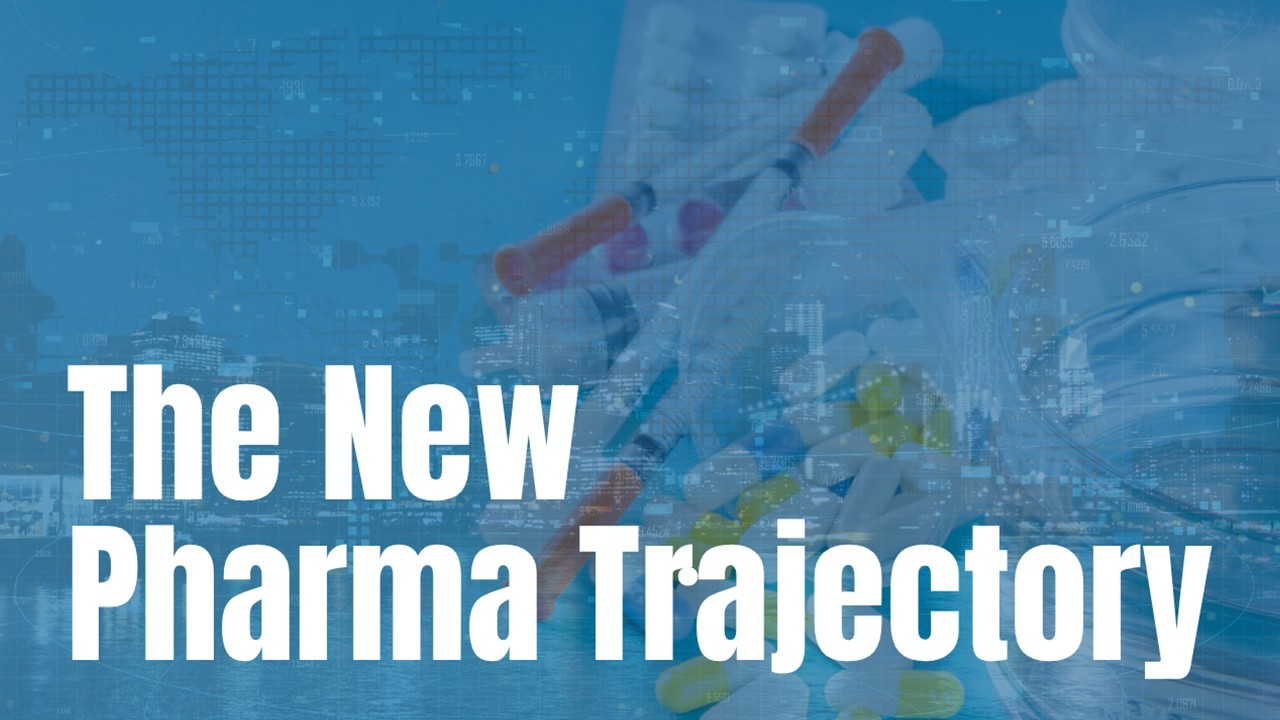
Web Desk
|
28 Jul 2025
Pakistan’s pharmaceutical sector stands at a pivotal crossroads — gradually shifting from heavy regulation toward a market-responsive, innovation-driven ecosystem. The evolving policy landscape, notably the deregulation of non-essential drug pricing, is beginning to yield structural benefits across the industry. While essential medicines remain under government control, the deregulated environment for non-essential drugs has triggered competition-led efficiency, encouraged local investment, and helped stabilize medicine availability in the market.
Pricing: A Two-Tier System
Currently, Pakistan operates on a dual pricing model:
- Essential medicines, as per the WHO Essential Medicines List (EML), are still subject to government-regulated Maximum Retail Prices (MRPs) to ensure equitable access.
- Non-essential medicines are deregulated, allowing market forces to determine pricing, encouraging competition, and ultimately promoting better availability and affordability over time.
In August–September 2023, DRAP imposed MRPs on around 25 new essential and life-saving drugs, reaffirming the state's commitment to affordable healthcare access. However, the broader deregulation policy continues to guide the rest of the pharmaceutical market.
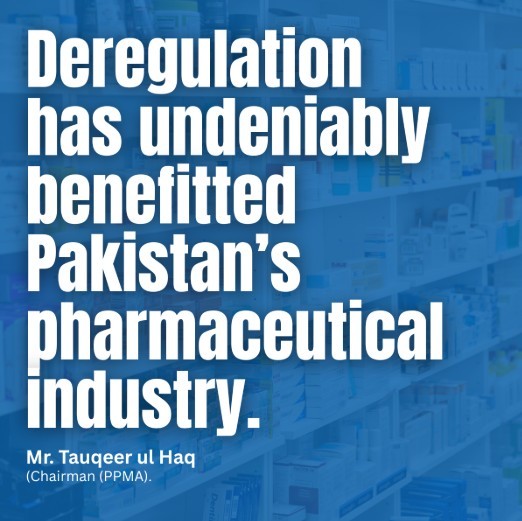
“Deregulation has undeniably benefitted Pakistan’s pharmaceutical industry,” says Mr. Tauqeer ul Haq, Chairman of the Pakistan Pharmaceutical Manufacturers’ Association (PPMA).
“It introduced a self-correcting price mechanism driven by market forces — not arbitrary ceilings. The assumption that deregulated pricing leads to exploitation is simply outdated. Today, the real control lies in competition, transparency in cost structures, and informed consumer behavior. The industry itself is now motivated to maintain fair pricing to protect market share and public trust.”
From Volume Recovery to Market Stabilization
Following a turbulent period of price stagnation, currency devaluation, and disrupted supply chains, Pakistan’s deregulated model has led to several positive developments:
- Volume sales have recovered, reducing shortages across pharmacies and hospitals
- Counterfeit penetration has dropped, as supply chains have become more responsive and regulated entities regain market share
- Prices now reflect true input costs, including inflation, raw material import duties, and logistics
These outcomes have improved confidence across the value chain — from manufacturers to distributors and retailers.
The Challenge of Imported Chronic Disease Drugs
Despite the visible gains, medications for chronic and advanced diseases — particularly diabetes, cancer, and vaccines — continue to remain cost-prohibitive for many patients in Pakistan.
This challenge stems from:
- Dependence on imports due to lack of local manufacturing capacity for biologics and complex formulations
- Shrinking presence of multinational corporations (MNCs), who are exiting or downscaling their Pakistan operations due to unviable pricing controls
- Absence of MRPs or regulatory controls on specialty or high-end therapeutics
This gap has sparked a nationwide conversation about self-sufficiency in pharmaceutical innovation, especially in chronic disease management.
The Emerging Innovation Ecosystem
Encouraged by deregulation and recovering margins, domestic manufacturers are now investing in strategic infrastructure upgrades:
- Building WHO-prequalified (WHO-PQ) facilities to enable exports and international compliance
- Developing Active Pharmaceutical Ingredient (API) manufacturing plants to reduce reliance on China and India
- Entering joint ventures and R&D alliances, especially in diabetes and oncology drug development
“The space for innovation and competition is finally opening up,” states Mr. Farooq Bukhari, Ex-Chairman of PPMA.
“But let’s be clear — Pakistan still lags in dedicated R&D investment, particularly for chronic disease therapies. To compete regionally and globally, we need API production incentives, R&D tax credits, and institutional linkages with academia. Competition isn’t just about pricing anymore. It’s about discovering new molecules, reverse-engineering cost-effective alternatives, and building IP portfolios.”
The Way Forward: Strategic Enablement Beyond Deregulation
For Pakistan to truly transform into a self-sufficient pharmaceutical hub, deregulation must be supported by bold industrial policy interventions, including:
- Buy-back guarantees: Especially for critical drugs like insulin and oncology injectables, which require high capital investment but limited initial market volume
- Demand commitments: To reduce market risk for local manufacturers investing in vaccine production and specialized therapies
- API incentivization policies: Including tax breaks, subsidies, and land grants for companies developing in-house API production facilities
- Public-private R&D grants: Fostering innovation through long-term partnerships between academia, startups, and legacy pharma firms
A Controlled Leap Toward Competitiveness
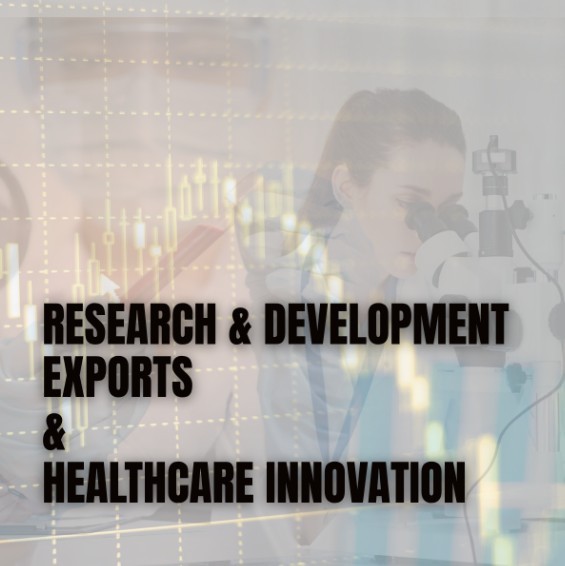
Pakistan’s pharma sector is now entering a controlled leap phase — where market deregulation, capacity building, and policy evolution must go hand in hand. The goal isn’t just affordability or supply; it’s strategic sovereignty in pharmaceutical production, especially for the treatment of chronic and high-burden diseases.
If nurtured correctly, this transformation can place Pakistan firmly on the global map — not only as a reliable manufacturer of affordable medicine, but also as a competitive player in pharmaceutical R&D, exports, and healthcare innovation.



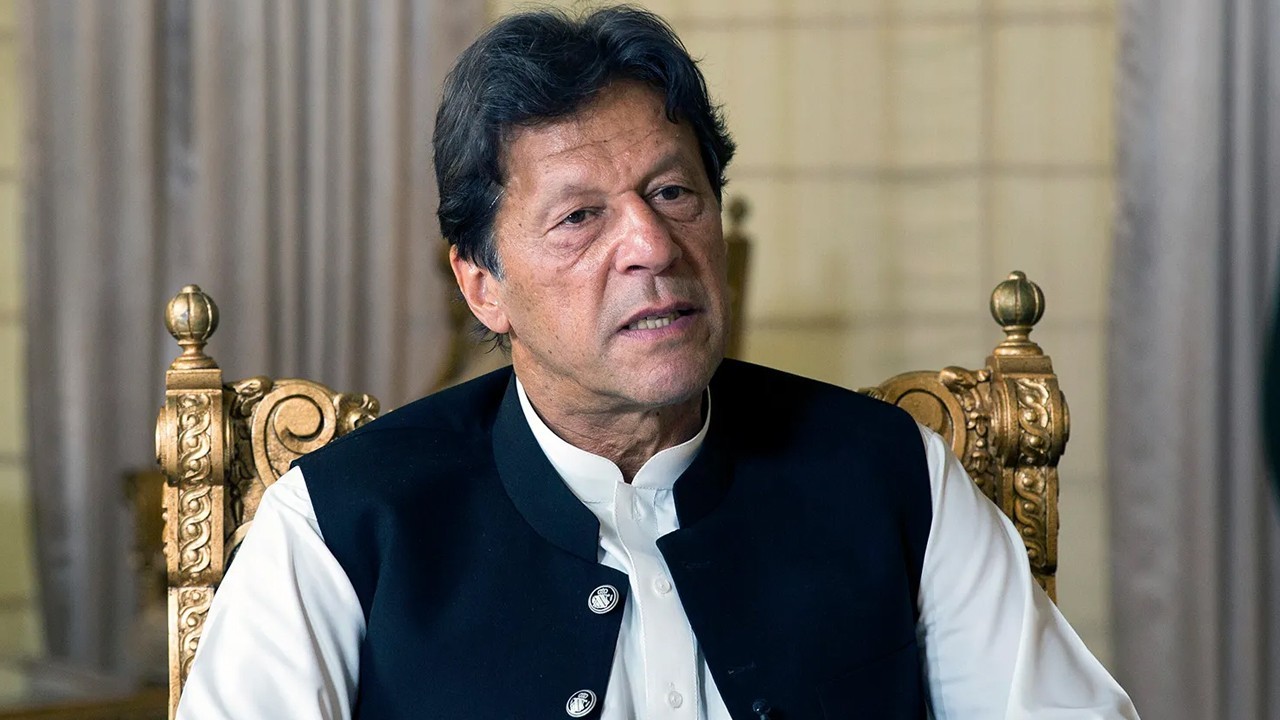


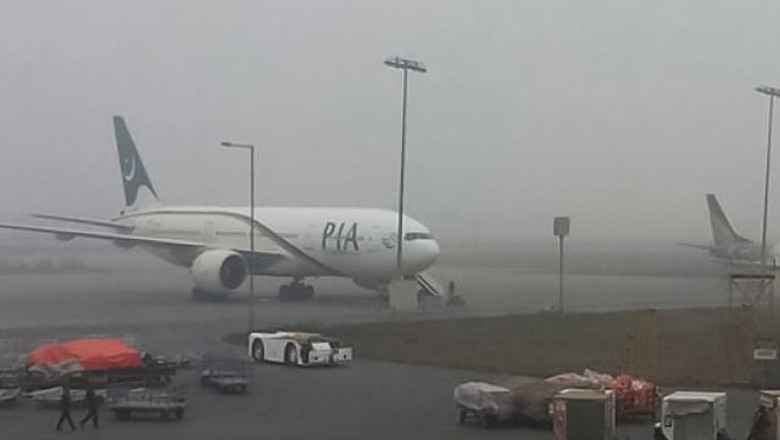

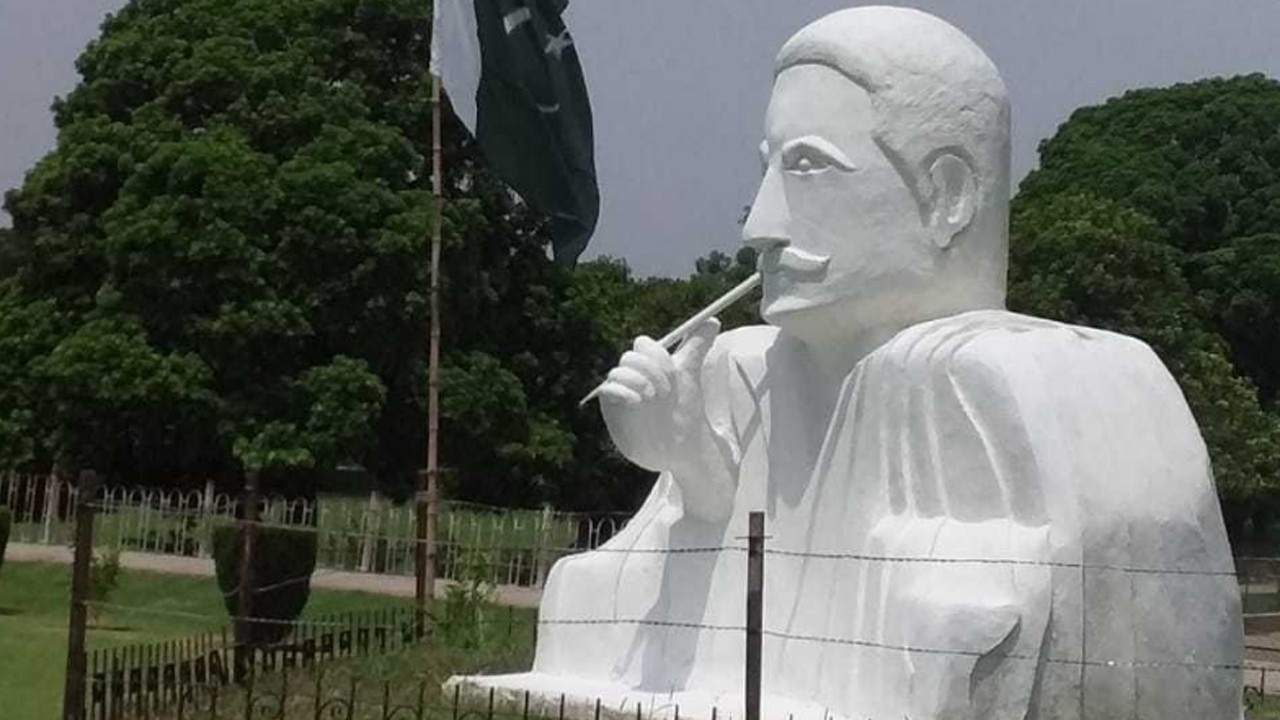


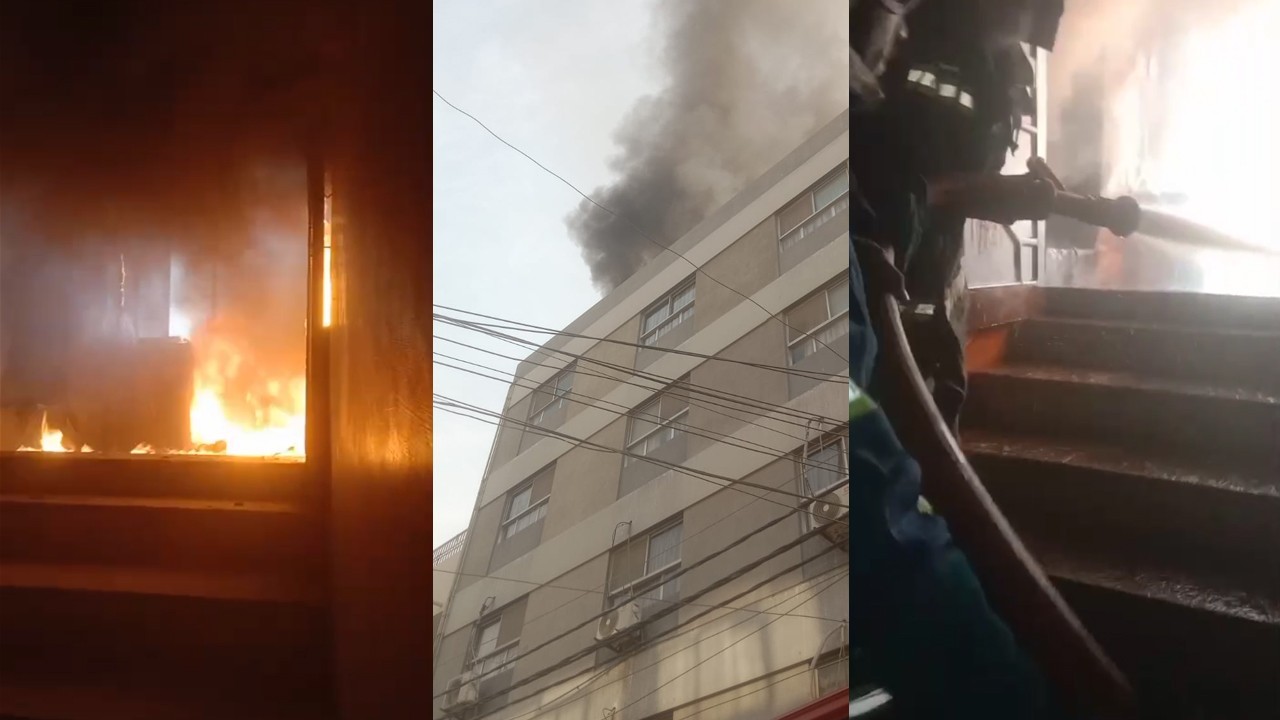
Comments
0 comment